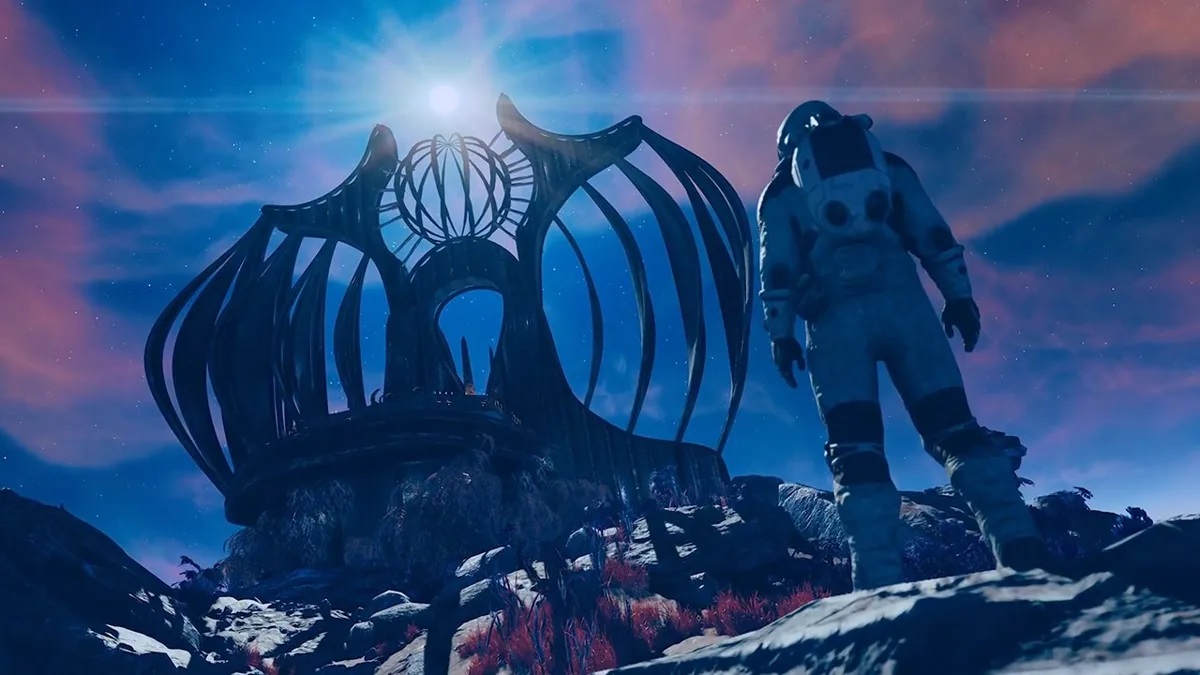When Bethesda Game Studios first unveiled Starfield, the excitement was palpable. For over two decades, Bethesda has been synonymous with vast, open-world RPGs like The Elder Scrolls and Fallout, each defining new heights in immersive gameplay. Naturally, a game that promised to take us beyond the stars and into the vast expanse of space was bound to capture imaginations. Yet, when Starfield finally released, the excitement began to wane, replaced with a sense of disappointment that the game felt somehow behind the times.
While Starfield certainly has its moments, it has become clear that the game is weighed down by some of the very elements that once defined Bethesda’s best work. As we dive into why Starfield feels dated, it’s important to acknowledge that expectations for this game were astronomical. It’s not just another title; it’s Bethesda’s first new IP in 25 years. This alone set a high bar that was always going to be difficult to clear, but Starfield‘s missteps highlight deeper issues at play.
The Burden of Expectation

Bethesda has always thrived on ambition. Titles like Skyrim and Fallout 3 were groundbreaking at their respective times, pushing the envelope on what open-world RPGs could achieve. Starfield, as a space exploration RPG, was supposed to do the same, offering a fresh and expansive universe for players to lose themselves in. However, instead of delivering something that felt new and forward-thinking, the game leans too heavily on old conventions that are starting to show their age.
From the moment you begin your journey in Starfield, the game feels strangely familiar. The mechanics, the dialogue, and even the way the story unfolds carry the weight of Bethesda’s past work, particularly Skyrim. What was revolutionary in 2011 now feels like it hasn’t evolved enough to meet modern expectations.
The ambition was certainly there, but the execution leaves much to be desired. In many ways, Starfield feels like a game designed for a different era, one that isn’t entirely in step with where gaming has gone in the past decade.
Technical Limitations and the Creation Engine
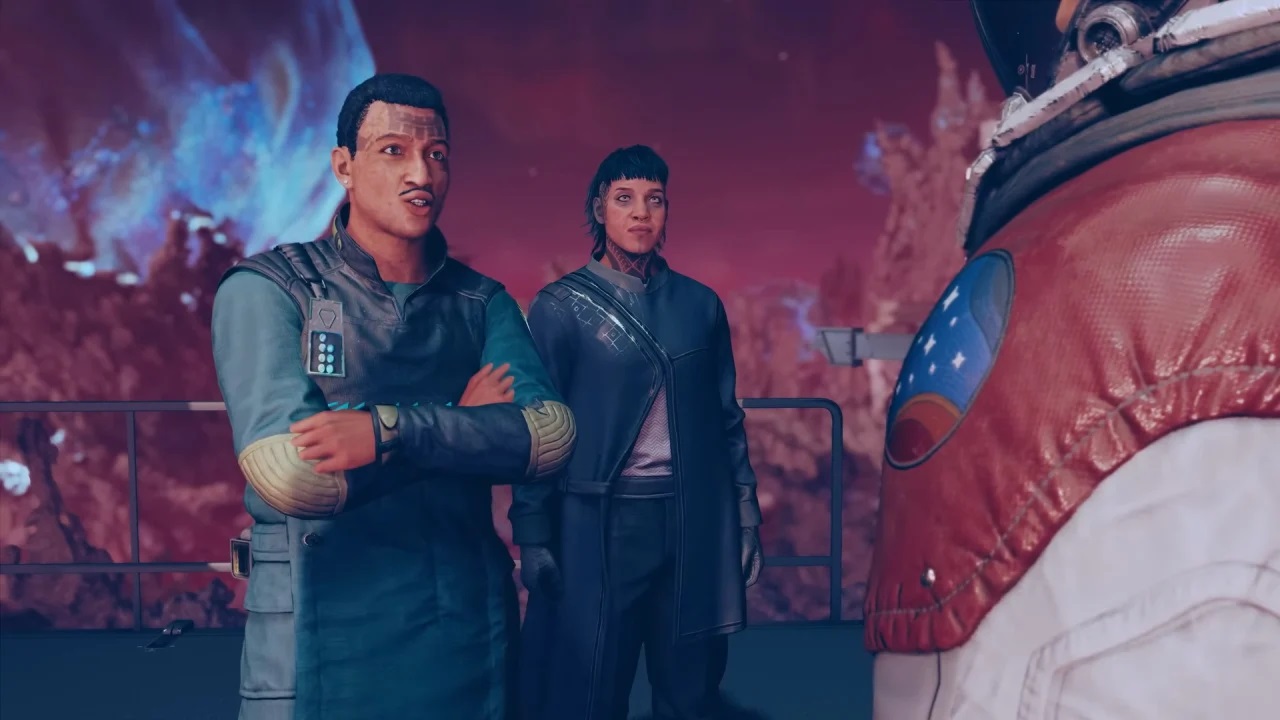
One of the most striking issues with Starfield is its technical foundation. Bethesda’s decision to stick with an updated version of the Creation Engine, first introduced with The Elder Scrolls V: Skyrim, has undoubtedly held the game back. While the engine was groundbreaking in its time, it has been showing its age for years now, and Starfield does little to disguise that fact.
The visuals in Starfield simply don’t stand up to what players expect from a AAA game in 2023. Despite the scale of the game’s universe, with its thousands of procedurally generated planets, many of these locations feel empty and repetitive, lacking the visual and interactive depth found in more modern titles.
Character models and environments feel bland, and the facial animations that once wowed audiences now look stiff and outdated. This is particularly frustrating in a game that’s supposed to be a grand space-faring adventure, where immersion is key to the experience.
Moreover, Starfield’s reliance on loading screens is a major detractor. Unlike other space exploration games such as No Man’s Sky, where the player can seamlessly transition from planet surfaces to space, Starfield forces players through menus and loading screens every time they land or take off from a planet. This constant interruption in the flow of gameplay detracts from the immersive experience Bethesda has built its reputation on. In an era where seamless exploration has become a standard in open-world games, this design choice feels like a step backward.
Procedural Generation vs. Handcrafted Worlds
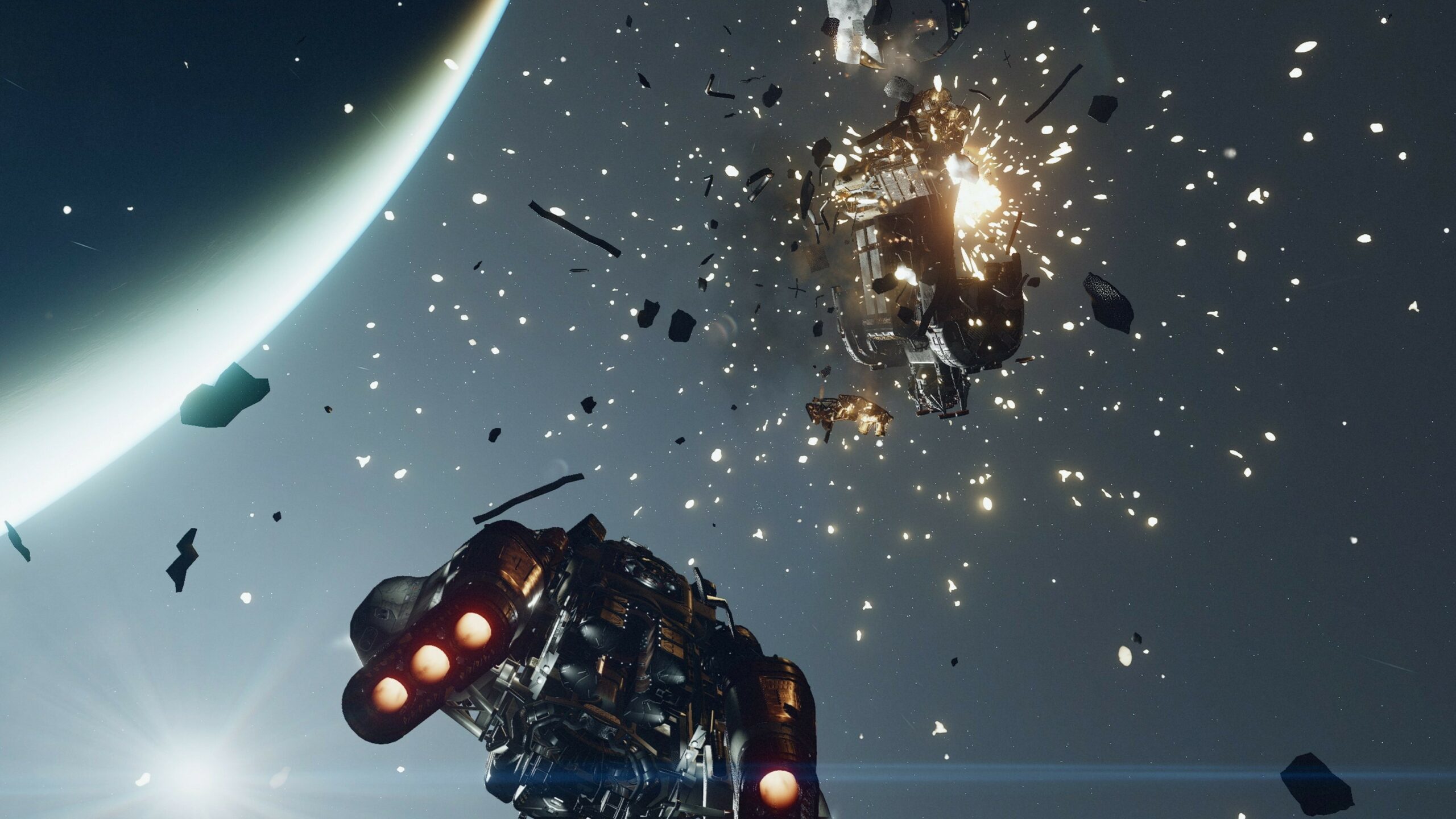
A key selling point of Starfield was the promise of a vast, explorable universe. With over 1,000 planets to visit, the sheer scale of the game is undeniably impressive. However, this vastness comes at a cost. Many of these planets, created through procedural generation, feel lifeless and empty, lacking the unique, handcrafted charm that defined Bethesda’s earlier works.
Bethesda has always excelled at creating detailed, immersive environments filled with interesting characters, stories, and secrets to uncover. Skyrim’s world, for example, was meticulously crafted to make every corner of its map feel meaningful. In contrast, Starfield’s universe often feels like an endless stretch of barren planets with little to discover beyond a few scattered resources or abandoned outposts. Exploration, which should be the heart of a space game, becomes repetitive and uninspiring.
It’s not enough to simply have vast amounts of space; players need a reason to want to explore it, and Starfield struggles to provide that motivation.
Familiar Gameplay in a New Setting
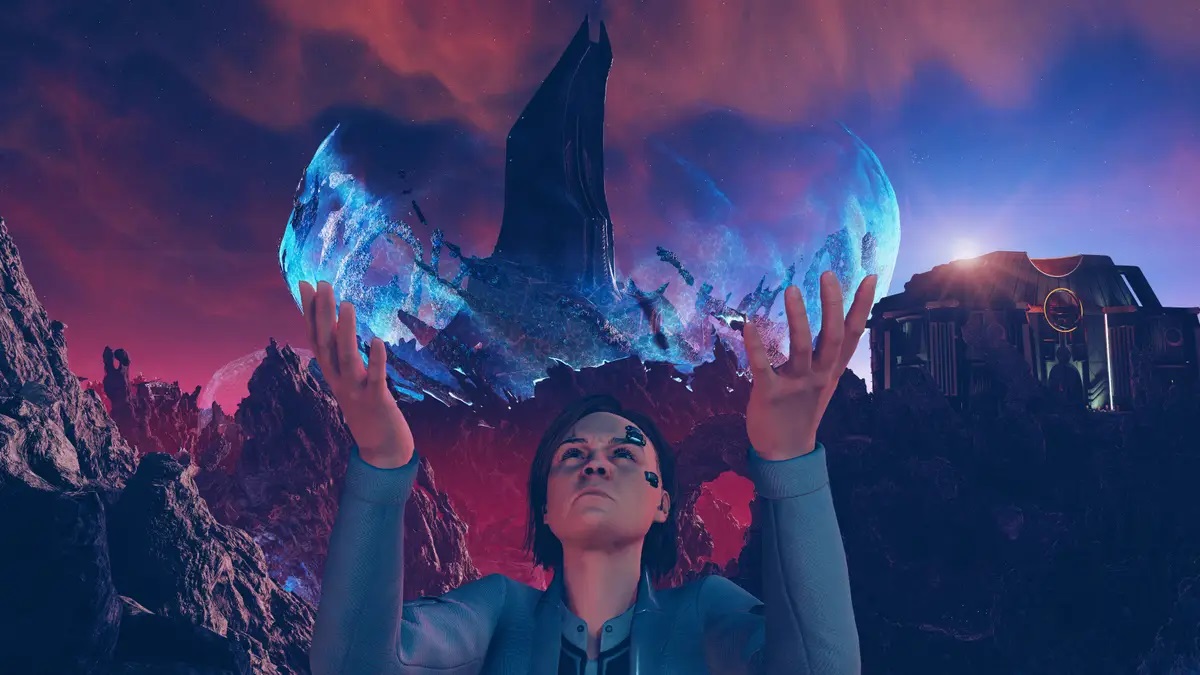
One of the most noticeable ways Starfield feels dated is in its gameplay mechanics. For those who have spent countless hours playing Skyrim or Fallout, Starfield will feel like slipping into an old pair of shoes. Unfortunately, the familiarity is not necessarily a good thing.
Combat in Starfield feels very much like its predecessors, with little innovation in terms of mechanics or AI. Battles are often predictable, with enemies that lack the strategic depth found in other modern RPGs.
Even the ship combat, which should have been a standout feature of the game, feels underdeveloped and lacks the excitement that a space game should deliver.
The quest structure is also a point of contention. Many of the missions in Starfield follow the tried-and-true formula of fetch quests and simple combat scenarios. While this may have worked in previous Bethesda titles, in 2023, players expect more complexity and variety in their missions. In an era where games like The Witcher 3 and Cyberpunk 2077 are pushing the boundaries of what side quests can offer, Starfield feels like a relic of an earlier time.
Weak NPCs and Lackluster Storytelling
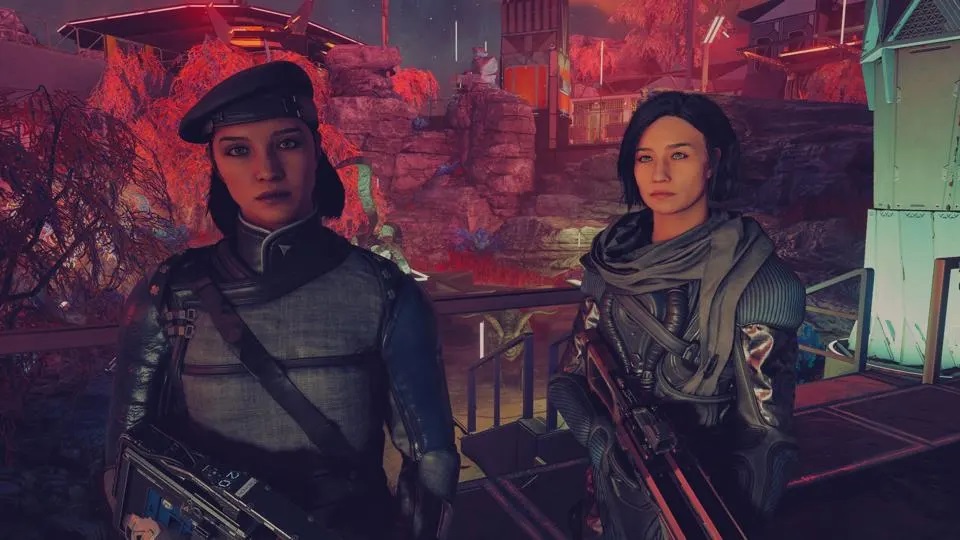
Bethesda games have always thrived on their storytelling, with memorable characters and engaging narratives driving much of the player’s experience. However, Starfield falls short in this area. The companions and NPCs you encounter throughout the game lack the depth and personality that players have come to expect from modern RPGs. While there are moments of intrigue, many of the characters feel like hollow shells, serving as quest-givers rather than fully realized individuals.
The main storyline, too, suffers from a lack of emotional weight. While it touches on interesting themes—such as humanity’s place in the universe and the mysteries of space—it doesn’t fully explore these ideas in a way that resonates.
There are few standout moments, and the narrative often feels like it’s treading familiar ground. In a game that promised to take players on a grand space adventure, the story feels surprisingly generic, and the player’s choices rarely seem to have a meaningful impact on the outcome.
Missing Innovation in an Evolving Genre
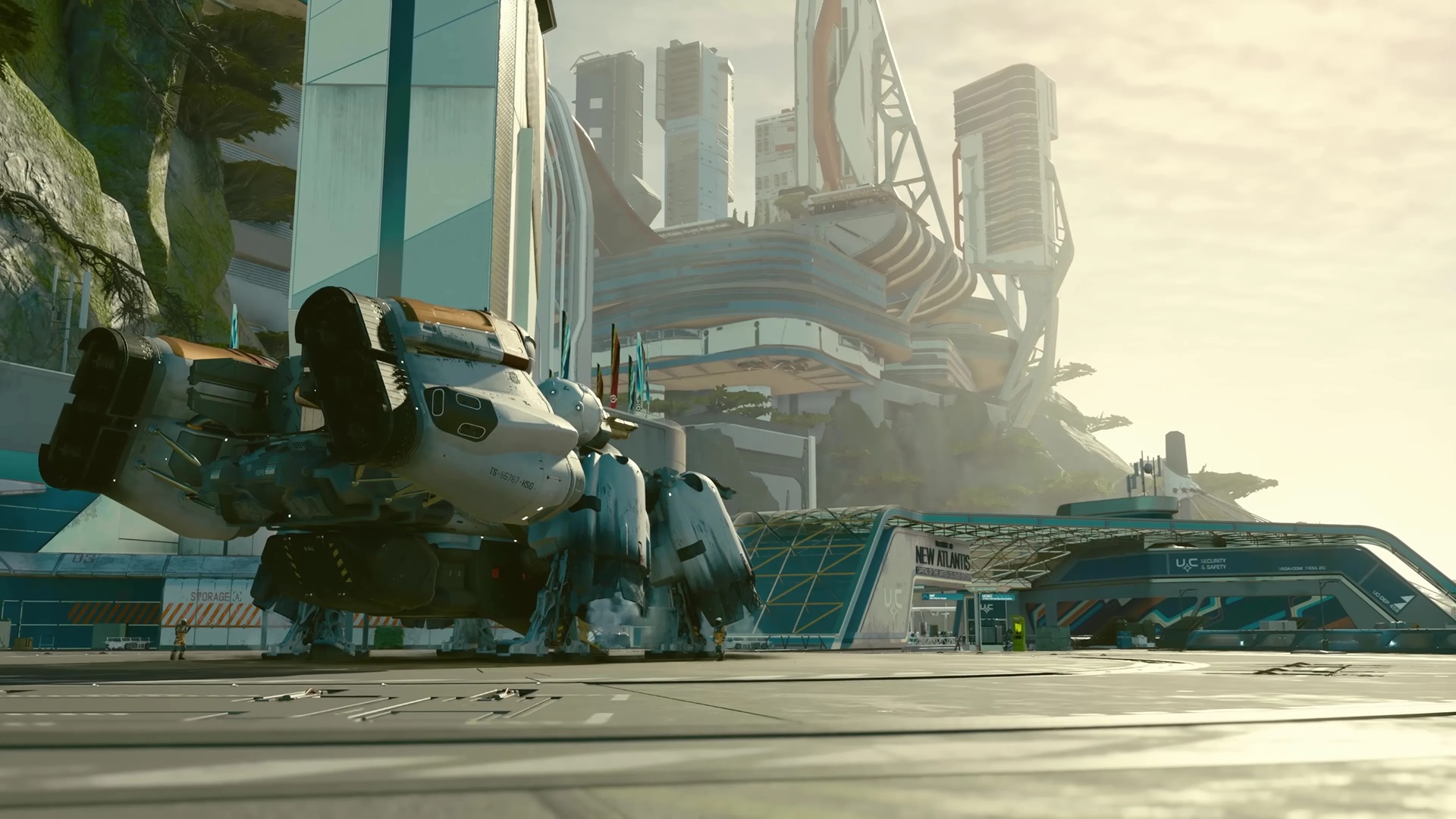
One of the most disappointing aspects of Starfield is its missed opportunity to innovate. The space exploration genre is one that’s ripe for creative experimentation, as games like No Man’s Sky and Outer Wilds have shown. Yet, Starfield seems content to stick with the old Bethesda formula, relying on mechanics and ideas that were groundbreaking a decade ago but now feel outdated.
In an industry that has seen rapid advancements in game design, from seamless exploration to dynamic, choice-driven narratives, Starfield feels like it’s playing catch-up. There’s a sense that Bethesda is reluctant to move too far away from what made them successful in the past, but in doing so, they’ve failed to push the boundaries of what a space RPG can be.
Conclusion: A Game Out of Time
Starfield is a game with ambition, but it’s a game that’s also stuck in the past. While it offers moments of wonder and excitement, these moments are often overshadowed by its technical limitations, dated mechanics, and lack of innovation. For a game that was meant to herald a new era for Bethesda, Starfield instead feels like a relic of an earlier time.
Bethesda’s legacy is one of innovation, of creating worlds that captivate and immerse players. But with Starfield, it seems they’ve fallen behind. As the gaming industry continues to evolve, it’s clear that Bethesda will need to adapt if they hope to remain at the forefront of open-world RPGs. Starfield serves as a reminder that, in an industry driven by constant innovation, resting on past successes is no longer enough. There’s hope that Bethesda will learn from this, and with The Elder Scrolls VI on the horizon, they may yet reclaim their position as pioneers of the genre.
